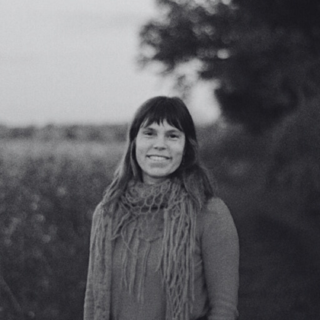The 'Burnout Gap'
08 Mar
Why are women burning out more than men?
By Feminist Leader Gemma Graham
It’s 2023, and there is no denying that the UK workplace is still designed for the white, straight, cis-gender, able-bodied, neurotypical man. Is it any wonder that burnout rates are higher among those who do not fit this identity?
Nearly 1 in 4 working women in the UK feel unable to manage stress and pressure at work and less than half are confident their employer has a plan when it comes to preventing ‘burnout’ (YouGov poll by Mental Health UK).
The UK is part of a global trend of widespread burnout affecting women in the workplace. According to the World Health Organisation burnout is a state of physical and emotional exhaustion caused by long term stress from your job. Feelings which accounted for 17 million lost working days in the UK in 2021/22.
-
Women are more vulnerable to burnout than men. Rates are even higher again amongst more diverse identities, who face multiple additional barriers and stressors within the workplace.
Gemma Graham
While the women polled by the WHO identified a number of factors behind their burnout, including job security and caring responsibilities, financial worries ranked number one, with 87% of women saying it’s a contributing factor. It's a different story for men, who reported lower concern of burnout and less pressure points at work in general.
The 2022 Deloitte report Women @ Work also shows the pandemic continues to take a heavy toll on women, and that burnout has reached alarmingly high levels. The pressures of a strained economy, social distancing and changing working conditions has meant women have been making key changes to their careers. For some this means flexible working or part time arrangements, for others it has meant dropping out of the workforce entirely.
In the UK specifically, the gender pay gap widened four times faster than the OECD average in 2021. This growing gender pay gap is compounded by the soaring cost of childcare, pricing women out of the UK workforce.
The data is clear. Women are more vulnerable to burnout than men. Rates are even higher again amongst more diverse identities, who face multiple additional barriers and stressors within the workplace.
Why?
Women are more vulnerable to burnout than men because of unequal demands at work and at home.
The plethora of International Women’s Day reports give no single reason for women burning out, but it is widely acknowledged that the way societal structures and gender norms intersect plays a significant role. Other forms of disparity and discrimination, such as racism and ableism, intersect and compound further.
The situation is exacerbated by employers typically not prioritising wellbeing, or only paying lip service to it, rather than genuinely choosing to listen, understand and be more compassionate to employees experiencing stress, anxiety or burnout in the workplace.
What next?
There are leaders and organisations who understand that this change is needed, and that it pays to be kind to people and the planet. Some new workplaces are emerging that try to redress the imbalance in the unequal demands between employees with different identities.
Short of a feminist leadership revolution (which the author is in favour of), if leaders of organisations can bring more empathy and compassion to leadership, prioritise self-care, and create more supportive and inclusive workplace cultures that represent the range of people living in UK society, then women’s vulnerability to burnout may be reduced, and the world of work might just be better for everyone involved.
Blog by Gemma Graham
Feminist Leader & Fundraising Consultant


